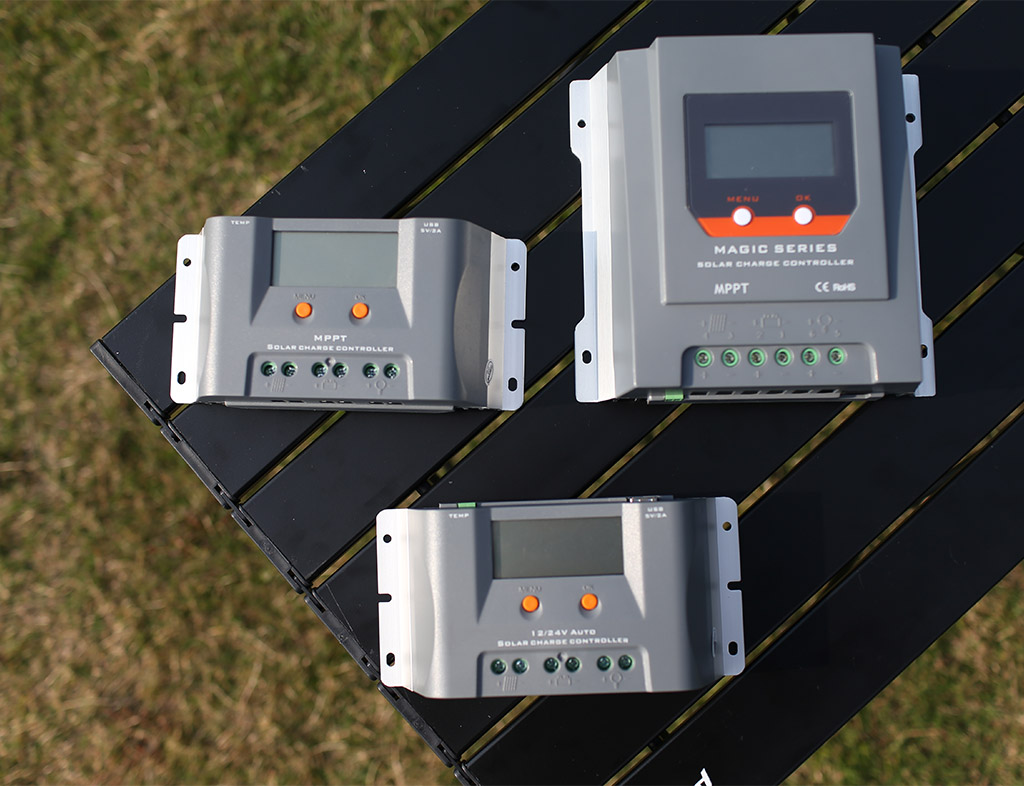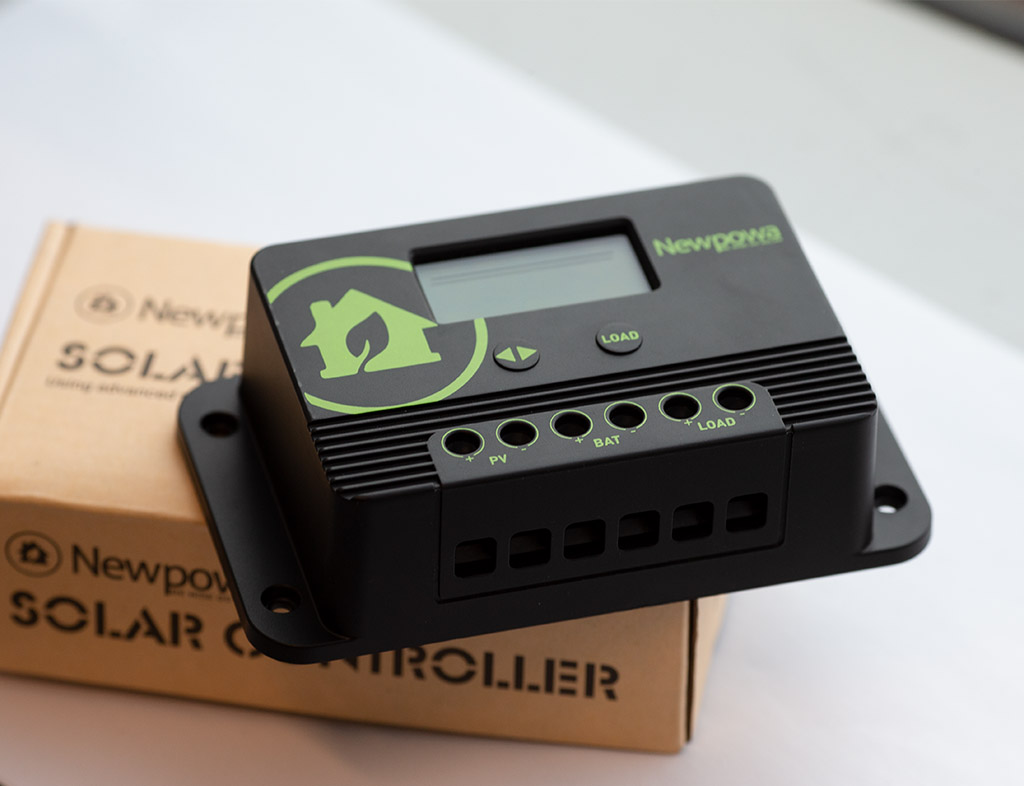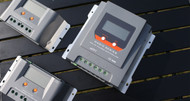SOLAR CHARGE CONTROLLERS - MPPT VS PWM – WHAT’S THE DIFFERENCE?
23rd Jun 2022
So, you’ve finally found the perfect solar panel for your application. Now, the next step is choosing a Solar Charge Controller to help regulate the charge produced from your panels. But with so many options, you’re probably left wondering which controller type would work best for your specific application.

In this article, we will be talking about the differences between 2 industry-standard solar charge controllers: PWM and MPPT controllers, as well as some of our recommendations for each category.
First, let’s talk about what PWM and MPPT solar charge controllers are.
PWM stands for “Pulse Width Modulation.” This means is that the controller will actively monitor the charging state of your battery and adjust its performance according to the level of charge on your battery. It provides a steady and constant current to the battery; however, this current will slowly decrease automatically as the battery nears a full charge. PWM charge controllers are very cost-effective, easy to use, and great for compact locations and smaller applications.
MPPT stands for “Maximum Power Point Tracking”. This type of charge controller will maximize the charge efficiency of your solar system by matching the solar panels’ voltage with the battery voltage. MPPT charge controllers allow you to use the full power potential of a solar panel by balancing between voltage and current. With an MPPT charge controller, you can expect nothing short of 99.5% efficiency ratings.
Typically, in solar panel systems using a PWM configuration, the panel and battery voltages should match. MPPT setups, however, provide more flexibility because the solar panels can have a higher voltage than the batteries, which in turn allows for potential system expansion without having to reinvest in a new charge controller.

The size of your solar power system is an important factor when choosing a charge controller. Although MPPT controllers may be the better option, PWM controllers are still far more commonly found in smaller, low-power system applications where efficiency isn’t a priority such as, gate openers, water pump systems, trickle charge kits as well as portable solar setups. PWM controllers are also compact and far more cost-effective compared to MPPT charge controllers.
Recommended PWM Solar Charge Controllers:
1. 10A 12/24V Solar Charge Controller
Coming in at $21.99, this controller has a multitude of features for off-grid applications and has an automatic 12/24V voltage switch capability with adjustable charge/discharge control parameters. Its simple button operation makes it easy to use.
2. 30A PWM Solar Charge Controller
Coming in at $40.99, this unit will make a great addition to your off-grid solar setup. Like its companion above, the 30-amp PWM solar charge controller has a 12/24V automatic switch for off-grid applications. Its LCD screen keeps you informed of your system’s operation and battery performance in real time, while its dual USB ports allow for charging small electronic devices.
Now that we’ve listed a couple of our PWM Solar Charge Controllers, let’s look at our MPPT Solar Charge Controllers.
Our MPPT controllers come with a lot more features than our PWM controllers, making them slightly larger and a little more difficult to mount compared to the compact PWM controllers. However, MPPT controllers are the go-to for wiring multiple panels for your setup.
Our Top MPPT Solar Charge Controller Recommendations:
1. 15A MPPT Solar Charge Controller
Coming in at $69.97, this charge controller is ready for whatever you throw at it. One important thing to note about this controller is that it’s only compatible with 12V systems. Nonetheless, this controller helps regulate power from the panel to battery with no less than 99.99% efficiency and supports Sealed, GEL and Flooded types, while offering multiple load control options.
2. 10A MPPT Waterproof Charge Controller
Priced at $58.99, this is ideal for those who want to add solar power capabilities to a marine vessel, without breaking the bank. With automatic 12/24 system voltage detection and a 4-stage charge function to protect your battery, this controller is perfect for outdoor use and consumes very low amounts of energy while charging your battery.
Another great addition to the 10A Waterproof Solar Charge Controller is its proprietary Remote Control. For $20, this product will allow you to virtually see the operational data in real time as well as control the unit without having to be right next to it. You could install your charge controller out of sight, while having the remote provide you necessary information on the system.
As we close out this article, it’s important to remember what system you will be using your Solar Charge Controller for. Will it be for a single panel setup, designed to maintain your battery throughout the day as well as to charge small electronics? If so, then a PWM solar charge controller is the way to go. Planning to use it for a large, high-wattage, multi-panel setup designed for total energy independence off the grid? Then a MPPT solar charge controller is the product for you.
If you would like to learn more about the products mentioned in this article, click here.
